
views
- To be “conventionally attractive” means to fall within common beauty standards or to have features that society as a whole deems desirable.
- In the United States, conventionally attractive features include clear skin, a symmetrical face, and a fit body, among others.
- You might be conventionally attractive if you get lots of attention because of your physical features, or if you get special treatment because of your looks.
Defining “Conventionally Attractive”
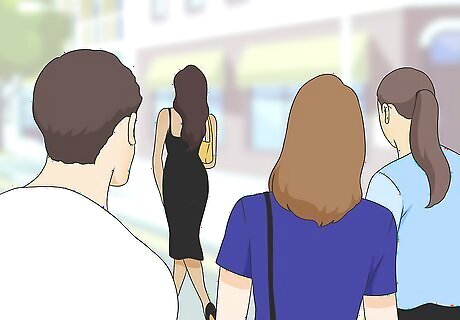
Being conventionally attractive means most people may find you beautiful. In other words, a conventionally attractive person has features that society at large has deemed desirable. They check all the boxes of what the general public looks for in a “good-looking” person. These features are usually genetic, and are found in models or actors, who need to appeal to a large audience. That said, conventionally attractive people may not have particularly striking features, or features that stand out, and just because you may not be conventionally attractive doesn’t mean you’re not beautiful! Since these qualities rely on what a society values as beautiful, they also vary by society. Features considered conventionally attractive in one country may be considered undesirable in another. Similarly, someone who’s “unconventionally attractive” has striking or pleasing features that aren’t typically valued by society, like a large nose or unique hair, but the person might not otherwise fit the standard beauty mold.
Traits of Conventionally Attractive People
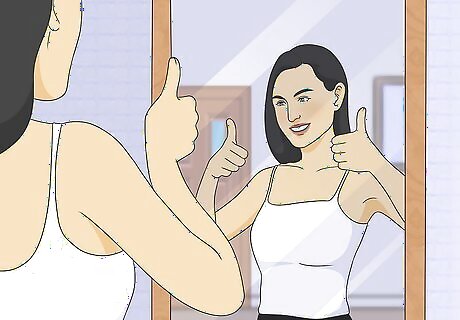
Symmetrical faces Take a look in the mirror, then hold one hand in front of the center of your face like you’re about to karate chop your reflection. Compare both sides of your face. Are your eyes level? Does your jaw have the same curve on either side? Does your nose stay centered, instead of curving this way or that? If your face is more symmetrical than not, chances are you’re conventionally attractive. Some psychologists believe that we like symmetrical faces because, subconsciously, we associate them with “good genes.” Our brains tend to see non-symmetrical features as a sign that our DNA isn’t quite doing its job properly (but of course, that isn’t true). Don’t worry if your face isn’t symmetrical—it’s totally normal, and also not a make-or-break beauty feature. Faces come in all sorts of gorgeous shapes and sizes.
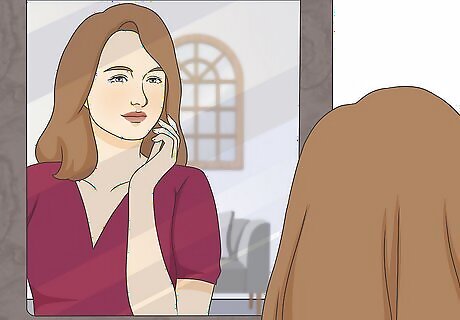
Clear skin People tend to value unblemished skin that looks youthful, rather than aged. That means skin that’s free of acne, wrinkles, or discoloration. We also generally prefer a rosy, flushed hue. All of these are signs of youth and vitality which, as a culture, we seem pretty obsessed with, whether or not we should be. The truth is that skin blemishes are a fact of life, and don’t make you any less attractive. Beauty standards in the United States have historically (and unfairly) favored fair or light-skinned people. It’s a disappointing truth, but thankfully, we’re headed in the right direction with beauty brands and widespread activism lead by Black women and women of color. Some people link having clear skin to getting plenty of sleep. It’s not called “beauty rest” for nothing.
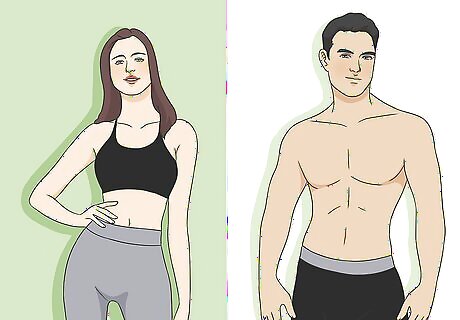
Toned bodies A slim figure tends to be associated with good health, since we view rigorous diet and exercise as pinnacles of physical fitness, and we’re often attracted to people who we perceive as fit. Maybe it’s a holdover from our hunter-gatherer days, when physical form was an indicator of how well someone could provide for the group. Also, we tend to favor those with pronounced curves in their backsides, which we may perceive as an indicator of fertility. We probably don’t have to tell you that this, too, is a totally unfair standard. There are as many body types as there are bodies, and no single physique is better than another.
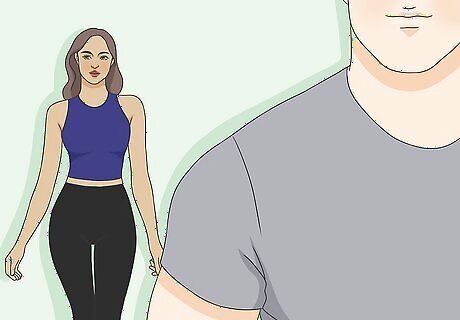
Features that align with someone’s gender Men and women tend to be held to different standards based on their sex. Features that are deemed “masculine”—a tall build, broad shoulders—are seen as more attractive on men, and “feminine” features—an hourglass figure, round face, large eyes, and full lips—are seen as more attractive on women. But if a man has feminine features like a round face, or a woman has broad shoulders, they may not be seen as especially attractive. Similarly, deep or textured voices are typically viewed as attractive in men, while higher, smoother voices are often desired in women. Of course, many physical features aren’t neatly divided by gender, even if beauty standards try to claim they are.
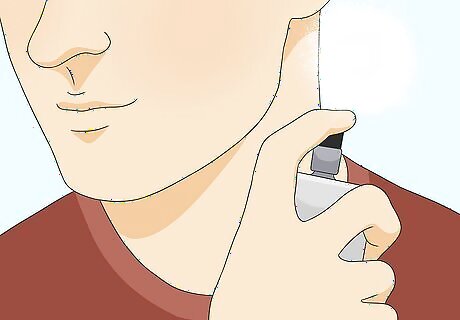
Pleasing scents (and generally good hygiene) We often associate “bad” smells like body odor with poor health or hygiene, while more pleasant smells like perfumes might indicate that someone takes better care of themselves. As humans, we rely on our noses to tell us more than we realize, and we’re highly influenced by how other people smell. Often, we associate more pleasing scents with attractiveness. We also tend to value cleanliness and view it as a desirable trait. If someone “smells clean,” we may be more likely to see them as attractive.
Signs You’re Conventionally Attractive
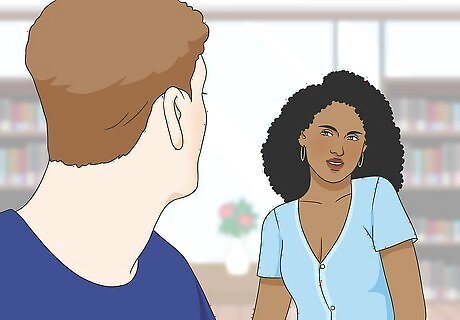
You have no trouble finding a date. People who are conventionally attractive tend to have their pick of the proverbial dating pool, while people who fall short of the mark are often told that it’s what’s inside that counts. If you find that people often ask you out, or that you’re successful in asking for a date more often than not, it could be because you look the part. People are more likely to pursue you if they think you’re visually appealing. Similarly, if people tend to flirt with you in public, you’re probably more attractive than most. But we don’t need to tell you that constant flirting can be more annoying than flattering.
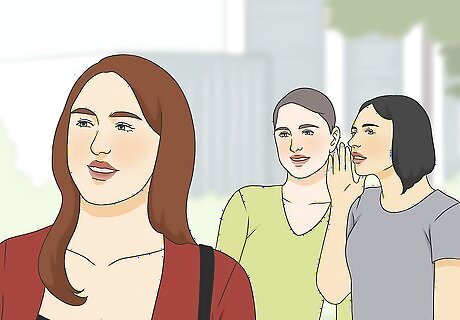
Other people express how envious they are of your looks. Has a friend (or even a stranger) ever told you something like, “Oh, I just wish I had your hair,” or, “How do you get your skin so clear?” If you’re often asked for beauty tips, it’s probably because you’re beautiful! They wouldn’t be asking otherwise. And the more people who ask, the wider the appeal of your looks, and so the more “conventional” they might be. On the other hand, sometimes people who are envious of another’s looks might shun that person. Being excluded, especially by other beautiful people, can be common for the conventionally attractive.
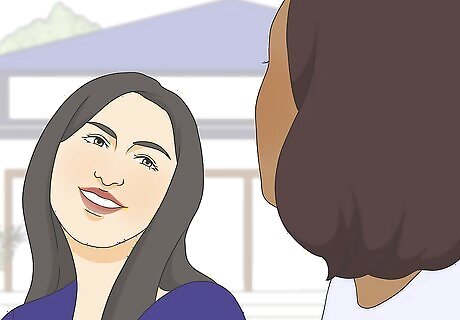
You smile quite a bit. Here’s one that has less to do with genetics. Research shows that people who smile often are more likely to be viewed as attractive or approachable by their peers. And it makes sense—we’re attracted to people who are happy because we want to be happy ourselves. If you’re looking to earn some easy beauty points, try to offer a natural smile more often. That said, even smiling isn’t safe from beauty standards. Certain cultures tend to favor smiles that show whiter or straighter teeth, meaning your dental hygiene may contribute to your attractiveness, as well.
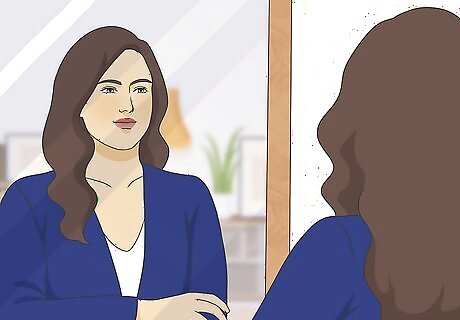
You don’t doubt your own confidence. People who are physically attractive tend to get more positive attention, which in turn boosts their confidence. And when you’ve gotten enough positive attention, you’re more likely to be more comfortable in social situations and, generally, more confident. Of course, everyone doubts themselves now and then, but if you find that your doubts are few and far between, you might be what society views as attractive. The good news is that confidence isn’t just for conventionally attractive people. Boost your self-confidence by complimenting other people. It may sound counter-intuitive, but helping other people feel good helps you feel good, too. Plus, they might just return the favor.
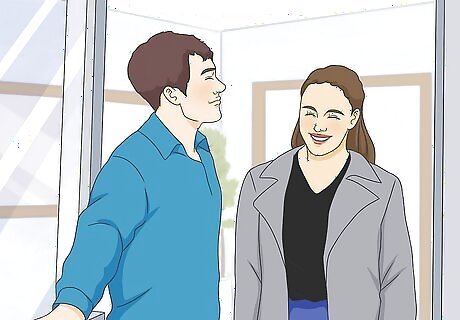
Other people tend to prioritize you. Maybe you’ve skipped a line for a club because the bouncer waved you in before your friends. Or, maybe your latte came before someone who ordered earlier than you. In more extreme situations, you might have been hired for a job over a more qualified candidate. We’re not holding it against you, but it’s a known fact that pretty people tend to receive deferential behavior, more so than their “less attractive” counterparts. Likewise, in group settings, conventionally attractive people tend to hold attention more often than their peers.
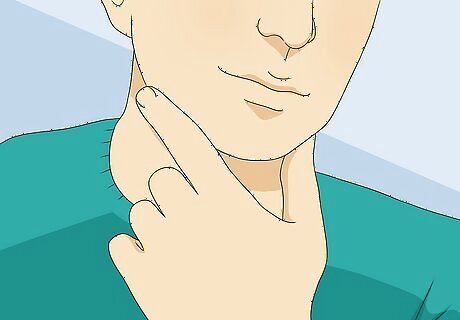
You don’t have striking or prominent features. The keyword in all this is “conventional,” which suggests a certain average. After all, to be seen as attractive to most people automatically means to have features that don’t stand out too much, which pleases the largest number of people. And that’s not a dig: people whose appearances are similar to the population average are seen as more attractive than people with more pronounced features. That’s not to say that just because you have a pronounced nose or especially striking eyebrows means you’re unattractive. There’s beauty in variety!

People act shy, cold, or just plain different around you. Think about how you act when you’re talking to someone who’s gorgeous. You might get shy, or suddenly reserved. Or, you might even act cold or feel intimidated. Everyone has certain feelings about beautiful people, and if you notice people have those feelings about you, it might be because you’re beautiful. On the other hand, people may assume that because you’re attractive, you’re less intelligent, which, for the record, is totally unfounded. This also arises when dating. It’s not always easy to date an attractive person, at least not when other people are ogling or flirting with your partner. If your significant other has a jealous streak, it may be a reaction to how other people are reacting to your looks.
















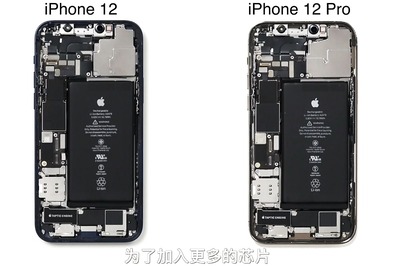


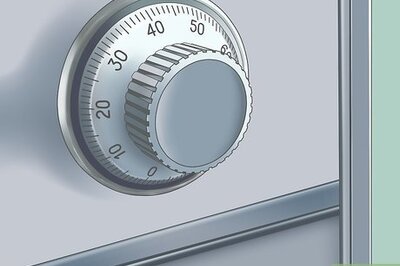
Comments
0 comment